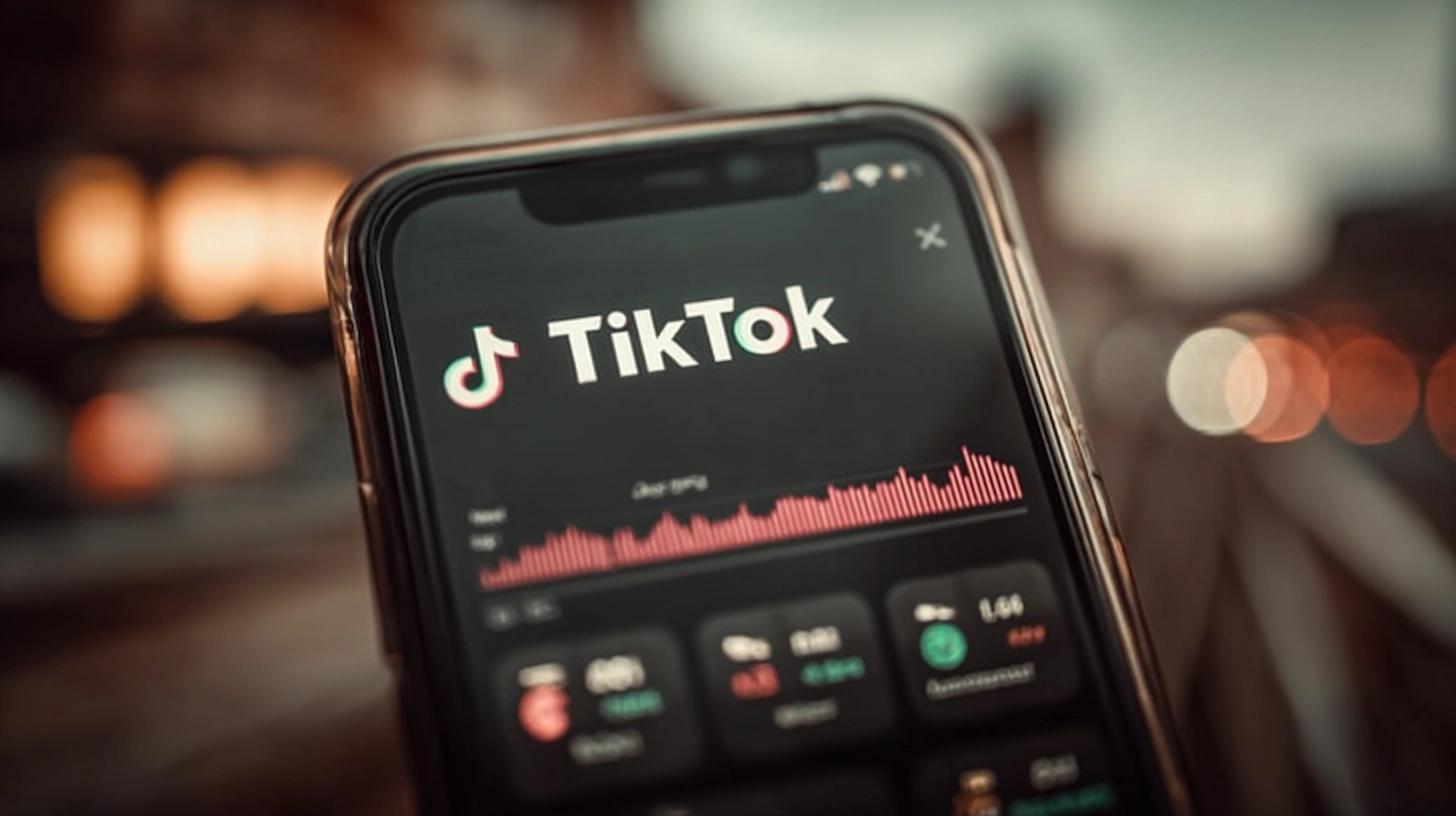TikTok: How Much Do Metadata & Early Performance vs Intrinsic Behavior Matter for Virality?

Exploring how metadata, early performance, and intrinsic behavior influence TikTok virality.
How Much Do Metadata & Early Performance vs Intrinsic Behavior Matter for Virality?
To what extent do factors outside user behavior (such as content metadata, sound choice, hashtags) vs. implicit signals (watch time, re-watches) vs. "virality cascades" (e.g. early boost from trends or new creator status) contribute to whether a video gets a large recommendation reach ("goes viral")?
Introduction
TikTok is a firecracker of possibility: in seconds, a video you post can light up "For You" pages everywhere - or vanish quietly. But what exactly shifts a video from flaring briefly to burning bright across thousands (or millions)? Is it the catchy sound at the start? The hashtag? Or the raw stickiness of people watching, re-watching, sharing? Let’s wander through what’s known, what remains in shadow, and what might help you find that spark.
What We Do Know
Several components are confirmed by TikTok, creator guidance, and data sleuths:
-
Implicit behavior matters heavily: Watch time (especially full watches or re-watches), how much of a video is viewed, whether people skip it quickly - all of these feed the algorithm.
-
Metadata has influence: Captions, hashtags, sound/audio choice are signaled as inputs. Using trending sounds or hashtags can give initial amplification.
-
Early performance creates feedback loops: If a video starts well - good engagement, good retention - it is more likely to be shown to more people, thus generating even more engagement. This is basically the "testing on a smaller audience then deciding whether to roll out widely" phase.
-
Length and retention are changing levers: Recent analyses (for example by Buffer) show that slightly longer short-form videos (just over 1 minute) tend to get more aggregate watch time than certain shorter ones.
What Remains Unclear
Even with all the studies, some big questions remain:
- Relative "worth" of metadata vs retention: If you have perfect watch time but unknown sound, vs trending sound but mediocre watch time, which route is rewarded more? The answer likely depends on content type, geography, etc., but the fine-grained rules are opaque.
- Thresholds in early performance: Does TikTok have fixed cutoff points (e.g. needs X watch-throughs in first Y minutes) that decide whether the video "lives" or "dies"? If yes, what are they? Different creators report different experience, but no documented public thresholds.
- Bias toward new vs established creators: Does being new (with fewer followers) give some advantage in earlier testing, or is the algorithm more conservative? Also, are videos in certain niches (e.g. dance, cooking, crafts) more likely to get trending sound/metadata boosts?
Recent Findings Worth Noting
- A Buffer study of 1.1 million TikTok videos found that videos lasting over one minute had 63.8% more watch time compared to 30-60 second videos. This suggests longer short-form content might be increasingly favored.
- Creators’ advice and tips (e.g. from Hootsuite, Buffer) emphasize the cruciality of the first 3 seconds of a video: they are often what hooks or loses the viewer. So not just what happens overall, but how fast you grip attention.
Why It’s Important
This question matters deeply:
- For creators aiming to go viral, knowing what levers to pull can change everything.
- For content strategy, it determines whether to invest heavily in perfect metadata/sound or in storytelling, retention, or editing craft.
- For fairness and transparency, understanding how much a small early bump or a trending sound privileges some and disadvantages others (e.g. non-native speakers, niche creators).
What the Future Might Reveal
Here are some instincts, based on observations:
- TikTok may increasingly favor content that holds viewers through to the end - and even more so re-watches. So editing to reduce drop-off will get more rewarded.
- Metadata/flavor (sound, hashtags, effects) will matter more for giving the initial push, but retention will likely dominate longer-term reach.
- There might be more "grade stratification" - content that hits a certain bar in early metrics gets rolled out broadly; content below that is kind of shelved or shown only to similar audiences.
Conclusion
In the dance between metadata and intrinsic behavior, TikTok plays them both beautifully: the catchy hook gets you noticed; the viewer retention makes you stay relevant. But the precise recipe remains partly hidden - every creator must experiment, listen to their data, adapt. You may not ever know the exact percentages, but you can design your content with kindness (to your audience) and curiosity (about what works).